Safeguarding the future
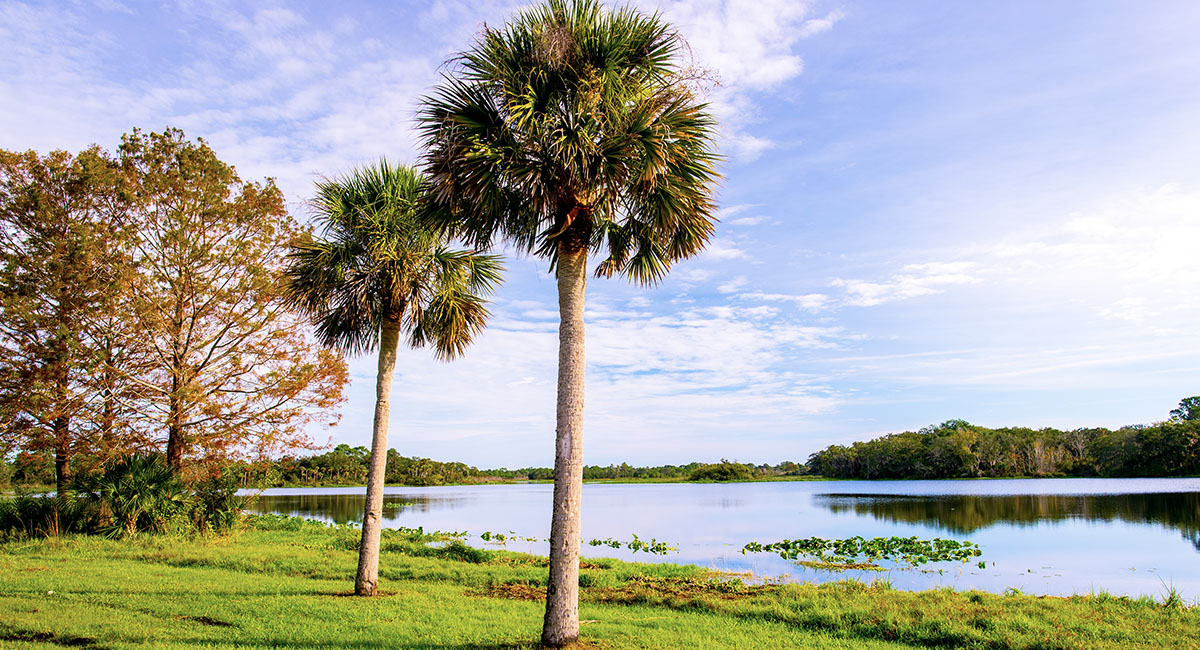
Since 1990, Brevard County’s program to preserve environmentally endangered land has accumulated 28,000 acres in 21 sanctuaries including Fox Lake Park in Titusville. FRED MAYS PHOTOS
Brevard voters reaffirm efforts to preserve endangered lands
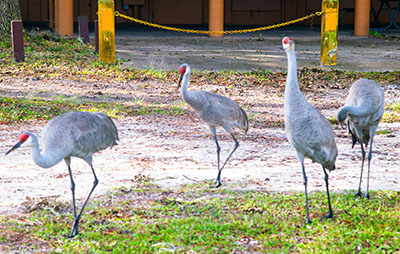
These sandhill cranes are regulars at Fox Lake Park, which at 2,500 acres is one of the county’s largest sanctuaries. It offers fishing areas and pavilions for picnicking.
Brevard County’s program to set aside environmentally endangered land has been around for more than 30 years. With an overwhelming vote in the recent election it is guaranteed to be around for at least another 20 years.
Seventy percent of Brevard voters agreed to extend the property tax surcharge to buy more land to be protected from development. The tax amounts to about $30 a year for a typical $200,000 home in the county.
Program manager Mike Knight says the vote shows “broad bipartisan support for the program … refreshing common ground in this day and age.”
So now that the program has been renewed by voters, what happens next?
At some point the county commission will vote on a new bond issue to purchase additional land. Some 27,000 acres have been identified to be added to the system. That nearly doubles the size of EEL property.
The preservation program first started in 1990, was renewed in 2004, and again in 2022. Over the years it has accumulated 28,000 acres in 21 sanctuaries throughout the county. The land is set aside for passive recreation, mostly hiking, and habitat preservation.
“The program has been very successful in restoring unhealthy ecosystems to ensure our local plant and animal populations can survive on a long-term basis,” Knight said.
Hiking is the primary passive recreation on EEL properties. All 21 parcels, most are called sanctuaries not parks, have hiking trails that total more than 80 miles. There is fishing at some of the areas, others have paddle trails for canoes and kayaks and a few allow mountain biking. Knight says 150,000 people visit the EEL properties each year.
One of the largest sanctuaries is Fox Lake in Titusville with more than 2,500 acres. In addition to fishing, it has pavilions for family picnicking and large group gatherings. It is also home to a resident family of sandhill cranes that are not shy about patrolling the pavilion areas in search of food.
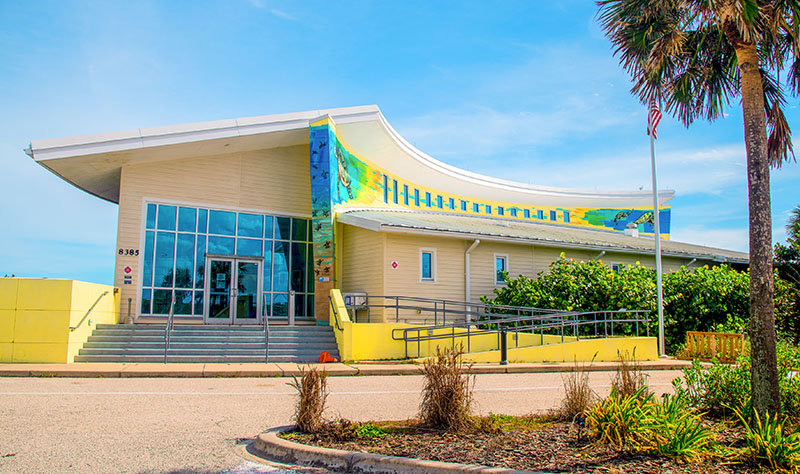
Visitors at the Barrier Island Sea Turtle Sanctuary’s education center can learn about the turtles that come ashore during the peak nesting season in June and July.
PERFECT FOR HIKING
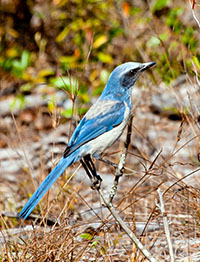
The threatened Florida scrub jay can be found at the Malabar Scrub Sanctuary. FLORIDA STATE PARKS
The most popular location is actually the first one to be added to the system, the Enchanted Forest Sanctuary in Titusville. It offers a network of hiking trails that total 4.5 miles. Some of the trails are handicapped accessible. The sanctuary also includes an education center.
For paddlers, the place to go is the Thousand Island Conservation Area in Cocoa Beach. There are miles of kayaking trails running around and through the mangroves. A number of kayak outfitters conduct tours there. Visitors can paddle with the tours or explore the area in their own kayaks.
The Barrier Island Sanctuary, on the beach at the far end of Melbourne Beach along highway A1A, is in the Archie Carr National Wildlife Refuge. During June and July, the peak of the turtle nesting season, nighttime excursions are offered to watch sea turtles come ashore to nest on the beach. There also is an education center where you can learn about the turtles that come ashore in the refuge.
One of the main benefactors of EEL is the threatened Florida scrub jay. The scrub jay lives in family groups and likes wide open scrub land for nesting and feeding. EEL has created some controversy by removing trees to give the birds a better environment for feeding and protection from predators. The prime scrub jay land can be found at the Malabar Scrub Sanctuary in Malabar, off U.S. 1 at State Road 514.
Some of the EEL properties offer protection for the Indian River Lagoon by limiting shoreline development. These sanctuaries have preserved the natural mangrove shores. At the Maritime Hammock Sanctuary, the Brevard Zoo’s Restore Our Shores project has added oyster reefs to grow and protect the shoreline.
In addition to the property tax, EEL works with the state, U.S. Fish and Wildlife Service, St. Johns Water Management District and local governments to acquire property. All acquisitions are done willingly. The program does not condemn property through eminent domain to acquire any land.
Brevard County is one of the fastest growing in Florida. More people mean more pressure on the landfor development. EEL is one step toward preserving some of its natural environment.
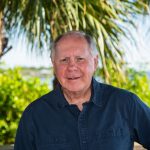
Fred Mays
Fred Mays is a freelance writer and photographer who resides in Satellite Beach. He is a retired television journalist, and active on media issues with the Brevard Indian River Lagoon Coalition. His blog is www.floridaunplugged.net.




